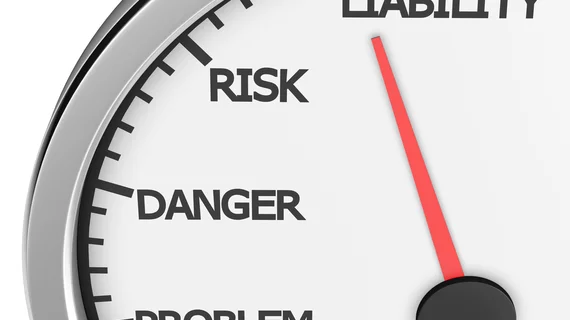ACR issues 7-step plan to get radiology practices back to business
The American College of Radiology issued a seven-step plan on Wednesday to help imaging practices across the country begin to resume normal operations after weeks of disruption.
More than a dozen doctors from all corners of the country contributed to the document, which represents the official position of the college. Given the many intricacies in each locality, ACR admitted there is no “single prescriptive strategy.” However, all radiology providers should carefully weigh the costs and benefits of resuming care in this new normal.
“If the risk of illness or death to a healthcare worker or patient from healthcare-acquired COVID-19 is greater than the risk of illness or death from delaying radiology care, the care should be delayed,” the team of experts, led by Michigan Medicine radiologist Matthew Davenport, wrote May 6 in JACR. “However, if the opposite is true, the radiology care should proceed in a timely fashion.”
Conducting such a risk-benefit analysis may not be possible, given numerous “unknown and complex factors,” the team added. Decision-making will likely be driven by “imperfect attempts” to gauge these dangers, but practice leaders must do their best to measure up stakeholders’ risk of contracting COVID-19, versus the hazard of further delaying imaging. “The probability of negative outcomes (from COVID-19 and non-COVID-19 disease) should take precedence,” the statement noted.
ACR boiled its guidance down to seven steps for the “safe reengagement of nonurgent radiology care” during the pandemic:
1. Enact safety measures that include screening all patients for symptoms, ensuring sufficient personal protective equipment, and streamlining patient flow to minimize any unnecessary contact.
2. Respect local pandemic statistics, deferring time-sensitive care until at least two weeks after the local peak of the outbreak, following regulations from both the government and your greater institution, and monitoring the data.
3. Engage in risk-benefit decision-making, considering clinical acuity and risk factors, engaging referring providers and other stakeholders, and determining whether to pursue lower-risk diagnostic strategies.
4. Develop a tiered plan for relaunching nonurgent care, placing patients into one of four categories, starting with urgent/emergent, followed by nonurgent/time-sensitive care, elective/screening, or research subjects for imaging trials.
5. Manage accreditation and regulatory deferrals to avoid any unintended lapses.
6. Address the backlog of deferred and delayed care, making any practice modifications that might help—extended hours, shortened imaging protocols, modified scheduling grids to promote social distancing, etc.
7. Manage fear felt by both patients and providers by providing frequent fact-based information updates, advertising your institution’s infection control processes, and acknowledging that stress and anxiety are normal in times such as these.
“There is no single ideal approach for the safe reengagement of nonurgent radiology care. Practices are developing local solutions that work best for their needs. The ACR recommends that radiology leaders work closely with hospital systems, referring providers and patients to coordinate safe and effective care,” Davenport and the ACR noted, adding later: “It is recognized that due to local factors it may not be possible for individual practices to adopt all of these recommendations.”
You can read the full pre-proof guidance in the Journal of the American College of Radiology here.

